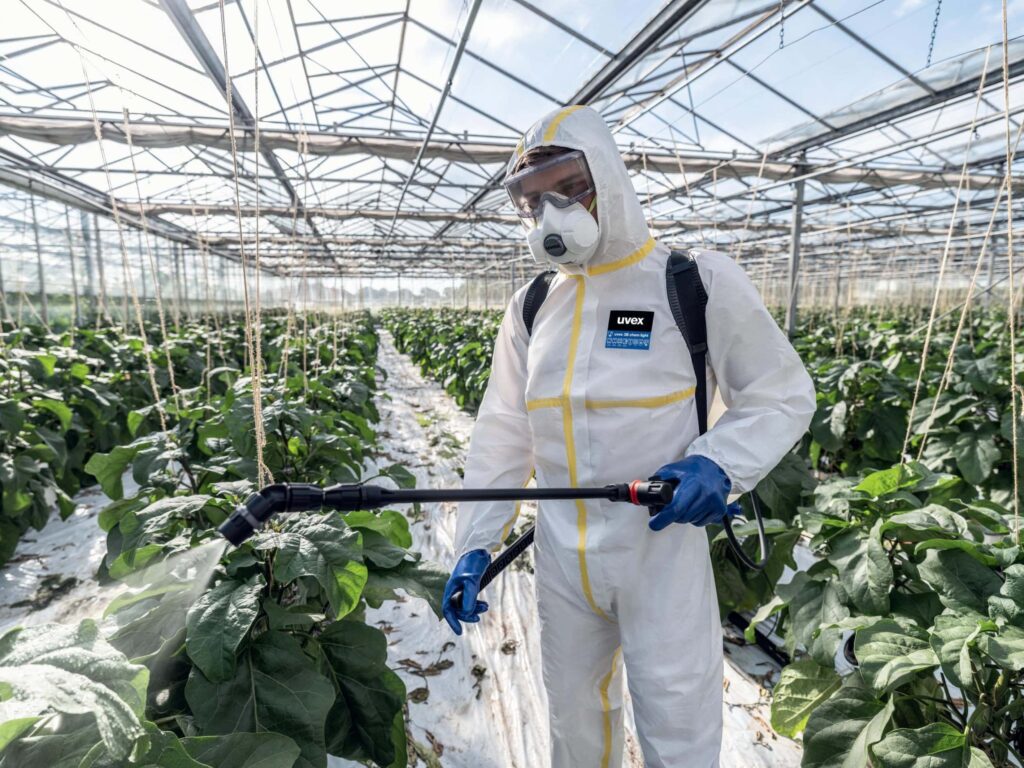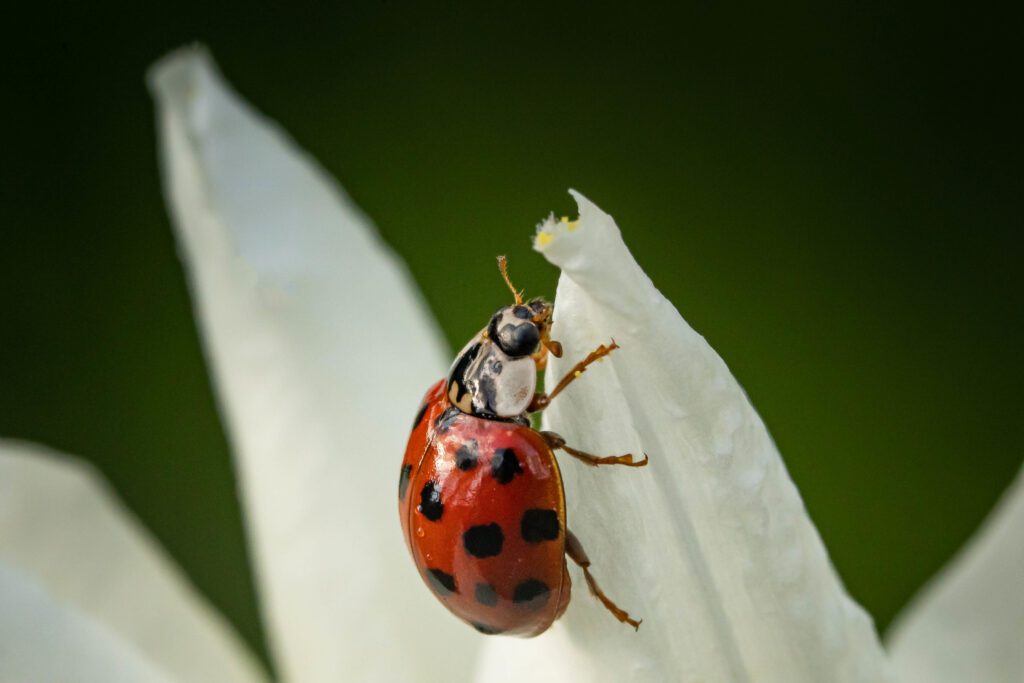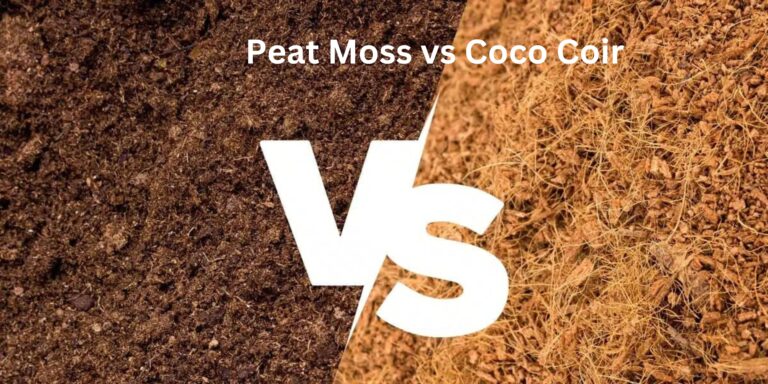Umbrella Tree: Best Care and Cultivation
Seasonal Care: Adjusting Your Umbrella Tree’s Care Routine Throughout the Year

As a gardener, it is important to adjust your care routine for your umbrella tree throughout the year to ensure its health and vitality. The changing seasons bring different environmental conditions that can impact your plant’s growth and development. During the spring and summer months, when temperatures and sunlight levels are higher, your umbrella tree will require more water and nutrients. Be sure to monitor the moisture levels of the soil and increase watering frequency if necessary. Additionally, consider fertilizing your plant with a balanced fertilizer to provide it with essential nutrients for optimal growth.
As we transition into the fall and winter seasons, it is crucial to adjust your care routine accordingly. The lower temperatures and reduced daylight hours during these months will slow down your umbrella tree’s growth. Therefore, it is important to decrease watering frequency to prevent overwatering and potential root rot. However, it is still essential to monitor the moisture levels of the soil and ensure it does not completely dry out. Furthermore, consider moving your umbrella tree closer to a window or providing supplementary lighting to compensate for the decreased sunlight. These adjustments will help your umbrella tree thrive throughout the year and ensure its longevity and beauty.
Troubleshooting Tips: Resolving Common Problems Encountered with
One of the most common problems encountered with umbrella trees is overwatering. This can lead to root rot and ultimately the death of the plant. To resolve this issue, it is important to ensure proper drainage in the pot or container. If the plant is sitting in water for extended periods, the roots will become waterlogged and suffocate. To prevent this, be sure to use a well-draining soil mix and avoid overwatering. Allow the top inch of the soil to dry out before watering again, and always empty any excess water that collects in the saucer or tray beneath the pot.
Another common problem that may arise with umbrella trees is pests. These can include aphids, mealybugs, scale insects, and spider mites, among others. If infestation occurs, it is important to address it promptly to prevent further damage to the plant. One method of control is to physically remove the pests by wiping them off the leaves with a damp cloth or by using a gentle stream of water. In more severe cases, insecticidal soaps or horticultural oils can be used. These will suffocate and kill the pests without harming the plant. Regularly inspect your umbrella tree for any signs of pest presence and take action as soon as possible to keep your plant healthy and pest-free.
Why is my umbrella tree dropping leaves?
There can be several reasons for leaf drop in an umbrella tree, including overwatering, underwatering, low light conditions, or sudden temperature changes. Assess the watering and lighting conditions, and ensure the plant is kept in a stable environment.
How can I prevent pests from infesting my umbrella tree?
Regularly inspect your umbrella tree for pests such as spider mites, mealybugs, or scale insects. If you notice any, isolate the plant and treat it with an appropriate insecticide or insecticidal soap. Additionally, maintaining a clean and dust-free environment can help deter pests.

Why are the leaves of my umbrella tree turning yellow?
Yellowing leaves can signal various issues, such as overwatering, nutrient deficiencies, or inadequate light. Check the moisture levels of the soil, provide appropriate fertilization, and ensure the plant receives sufficient light to address this problem.
How often should I repot my umbrella tree?
Umbrella trees generally require repotting every 1-2 years, or when the roots become overcrowded and start growing out of the drainage holes. Repotting should be done during the spring or early summer using a well-draining potting mix.
Can I propagate my umbrella tree?
Yes, umbrella trees can be propagated through stem cuttings. Take a 4-6 inch cutting with several leaves, remove the lower leaves, and place it in a container with moist soil. Keep the soil consistently moist and provide warm temperatures until new growth appears.
What should I do if my umbrella tree becomes too tall?
If your umbrella tree grows too tall, you can prune it to maintain a desired height. Pruning should be done during the spring or summer months, and you can cut back the stem to a desired height using clean, sharp pruning shears.
How can I increase the humidity of my umbrella tree?
To increase humidity, you can mist the leaves of the umbrella tree daily with room-temperature water. Alternatively, you can place the pot on a tray filled with water and pebbles, ensuring the bottom of the pot is not in direct contact with the water.
Can I place my umbrella tree outdoors during the summer?
Umbrella trees can be placed outdoors during the summer, but they should be gradually acclimated to outdoor conditions to avoid shock. Start by placing the plant in a shaded area and gradually exposing it to more sunlight for a few weeks.
How can I prevent my umbrella tree from getting leggy?
To prevent leggy growth, ensure that your umbrella tree receives adequate light. If the plant starts to stretch and become leggy, move it to a brighter location or provide supplemental grow lights to encourage compact and bushy growth.
Are umbrella trees toxic to pets?
Yes, umbrella trees (Schefflera) can be toxic to pets if ingested. The plant contains calcium oxalate crystals that can cause oral irritation, drooling, difficulty swallowing, and gastrointestinal issues. It is advisable to keep umbrella trees out of reach of pets or opt for pet-safe alternatives.







